CODE UNKNOWN (2000)
A young man harasses a homeless woman, another man protests, the police arrest both and the woman has to leave the country...
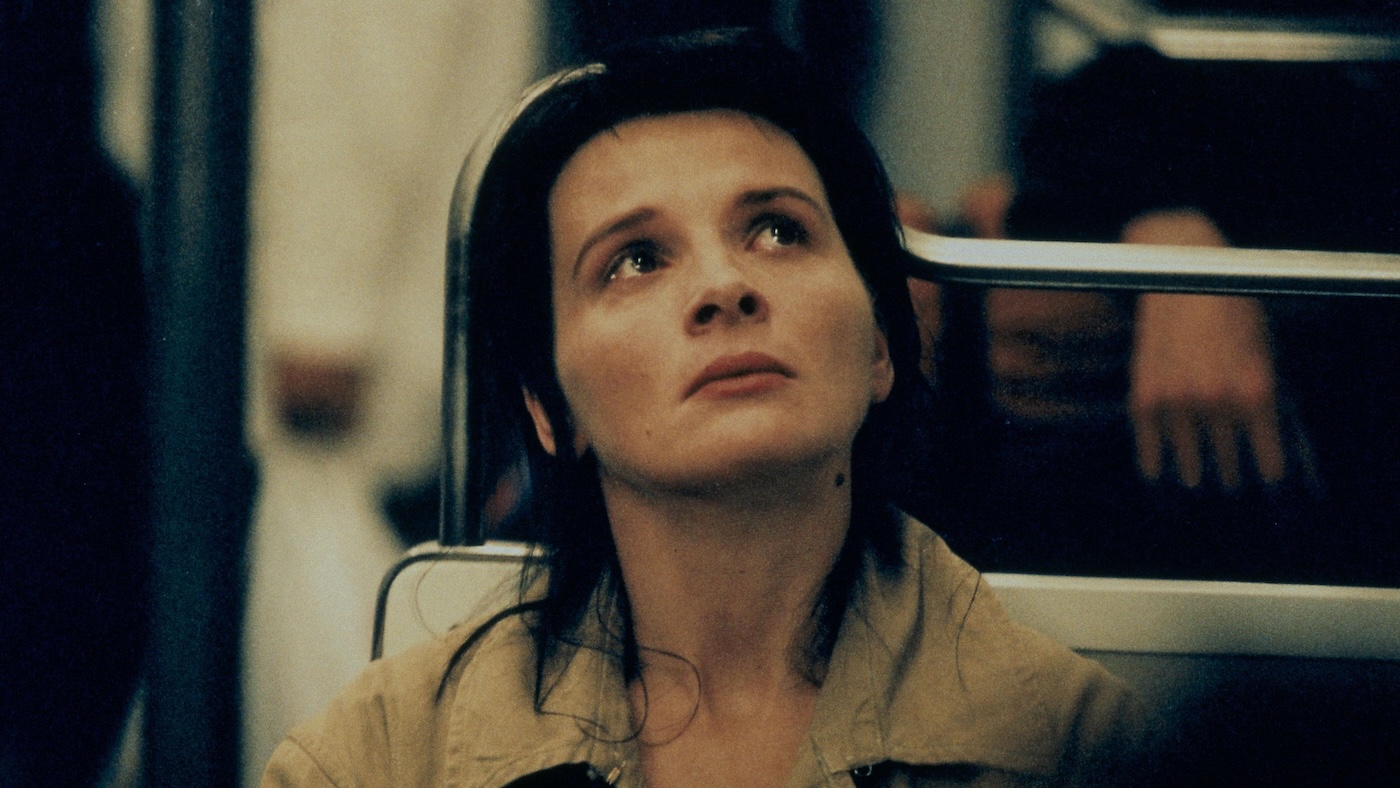
A young man harasses a homeless woman, another man protests, the police arrest both and the woman has to leave the country...

Failure to communicate is rife in Michael Haneke’s Code Unknown / Code inconnu: Récit incomplet de divers voyages. A director whose work is often deeply unsettling and provocative, Haneke lends his cold, clinical eye towards a modern world where simply expressing one’s emotions seems to do little good. A man and a woman argue over whether her opinion on a conflict is valid given that she didn’t see its atrocities in person. A woman recounts how she once gave money to a dirty homeless woman, then washed her hands out of fear of catching disease, only to experience the exact same disdain after being forced to beg on the streets to survive. A boy is tasked with telling the truth about his alleged misbehaviour in school to his father, knowing that any admission of guilt will lead to grave consequences.
Even in one of the films-within-a-film that are depicted in Code Unknown this troubling motif is on display, with a mother slapping her child for almost falling off their 20th-storey balcony, before his father dismisses him coldly. The couple then find themselves united in their shared grief over what could have just occurred. The child, the source of their love and affection, receives only a quick slap and a harsh dismissal, left to stew alone in his feelings of malcontent.
This aforementioned sequence is one of many examples of love in a world where our ability to communicate offers few meaningful forms of connection. This is conveyed through a series of vignettes that, through a lengthy early sequence, unite these disparate characters on a Parisian street. They are actress Anne Laurent (Juliette Binoche), her boyfriend’s brother Jean (Alexandre Hamidi), drumming instructor Amadou (Ona Lu Yenke), and a Romanian illegal immigrant, Maria (Luminița Gheorghiu). A one-take scene that glides back and forth across this busy street, beginning with Anne coming across Jean standing outside her and her boyfriend Georges’ (Thierry Neuvic) flat—unable to enter because he does not know the code—culminates in a scuffle that involves each of these aforementioned characters.

Though this scene is one of the highlights of Code Unknown, the actual events that unfold need not be mentioned. It’s much more interesting to go into such a sequence blind, where you can interpret its shifting rhythms and power dynamics with your own biases and interpretations. After this point, Code Unknown acts as a kind of mystery, where each new scene represents a small fragment of a picture that can’t be fully understood until the very last piece of it is unveiled. Through each of these interactions, we gradually step closer to the heart of this film, but never quite broach it. Each moment is just as integral to the overall puzzle as much as anything that occurs before or after it.
This is a challenging watch, necessitating extreme patience from viewers as they sit with a story that doesn’t appear to make much sense at first. It might seem like Code Unknown takes a long time for a gradual level of understanding to come to the fore, especially given that some of these sequences are simplistic to the point of being mundane. But accepting that each aspect of the full experience is a vital reflection of our miscommunication with others and misinterpretation of their actions reveals a profound work of art that couldn’t exist any other way.
Two questions often crop up when examining Haneke’s filmography: are these exercises in misery justified, and are they simply thought processes instead of fully-formed movies? Only the latter applies in the case of Code Unknown, which might be unsparing in its examination of humanity’s flaws, but is downright sunny compared to the average cinematic experience from this director. As for whether or not this is simply a thought experiment instead of a piece of entertainment, it seems impossible to divorce the two here. The film’s structure of interlinking vignettes does more heavy lifting for its emotional strengths than any single cast or crew member.
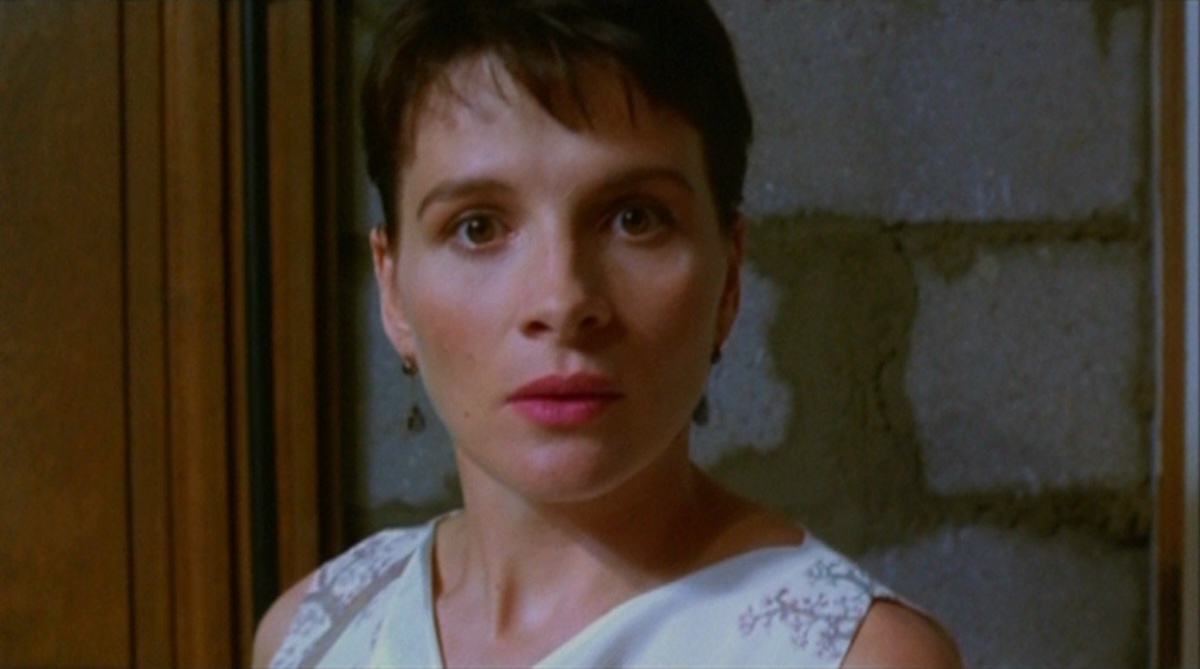
The fact that this starts off as a rather confusing watch amplifies its most thought-provoking qualities, since asking yourself what you make of Code Unknown soon becomes an examination of what you make of humanity. There are many painful scenes in the film, but none of them are as moving as a lengthy sequence where Anne is harassed by a young man on the metro, with bystanders making no effort to come to her aid lest they attract this vagrant’s attention. Even when a stranger finally puts up a fight against the teen and his friend (symbolically, at least), it’s only to defend his honour, with this intervening stranger suddenly losing any semblance of confidence when faced with the teary-eyed Anne. As she breaks down in anguished sobs after thanking this stranger, he occasionally looks in her direction, but offers no words of solace. He doesn’t once speak to her, just like everyone else on the carriage who has borne witness to this injustice.
What begins as an experiment in choosing whether to prioritise standing up for what’s right or standing up for one’s own safety soon becomes something far more complex and intriguing. The psychic entrapment that holds these strangers in a state of frozen fear might leave them once the young man is out of sight, but they are practically just as uncomfortable in the presence of his victim. Even without any threats in sight, they refuse to step outside of the invisible bubble that surrounds each of them, denying Anne any solace and denying themselves the chance to form a genuine connection with a traumatised stranger in need of consolation.

Haneke is so interested in analysing how a biased perspective can alter reality that he even interrogates the merits of his own film. This is employed through the daily activities of photographer—and Anne’s boyfriend—Georges (Thierry Neuvic), who snaps pictures of strangers on the metro to try to craft something real in his art. In doing so, has he created something worthwhile, when these photographs are more focused on the authentic emotions of unknowing participants than his own skill? And can they be seen as authentic merely because these strangers aren’t thinking about the camera’s presence? Does that render any performance, no matter how realistic, as mere trickery?
Throughout Code Unknown, the camera often remains static, with some of the action unfolding off-screen or where certain characters aren’t often glimpsed. We think we understand these visual gaps because the mechanics of each scene appears obvious, but perhaps we are just as limited and biased as the camera is in what it chooses to reveal or hide. Or maybe it’s more accurate to think of the camera as an observer that has no intrinsic agenda, yet helps to form one within us given what it shows and the unique emotions that it draws out of each of its viewers. You could say this of any film, but Code Unknown is unique in that it seeks to interrogate that idea directly, while still providing a piece of entertainment with plenty more themes to chew on.
As well as offering an excellent vehicle for Binoche to deliver yet another spellbinding, multi-faceted performance, Anne’s profession as an actress creates great intrigue to the artificiality of her profession. At first we watch a scene unfolding between Anne and another actor as they portray a husband and wife; it isn’t made explicitly clear that it’s metafictional, but we naturally assume that this is the case. When the camera pulls back to reveal that these actors are watching this scene in a recording studio, where they must dub over some of their characters’ dialogue and unintelligible noises, the pair descend into fits of laughter. To embody made-up people for a living and pretend to be them before a camera is natural to them, but acting out gurgling noises in a soundproofed room is so artificial that the absurdity strikes them as profoundly funny. But why is one any more fake than the other?
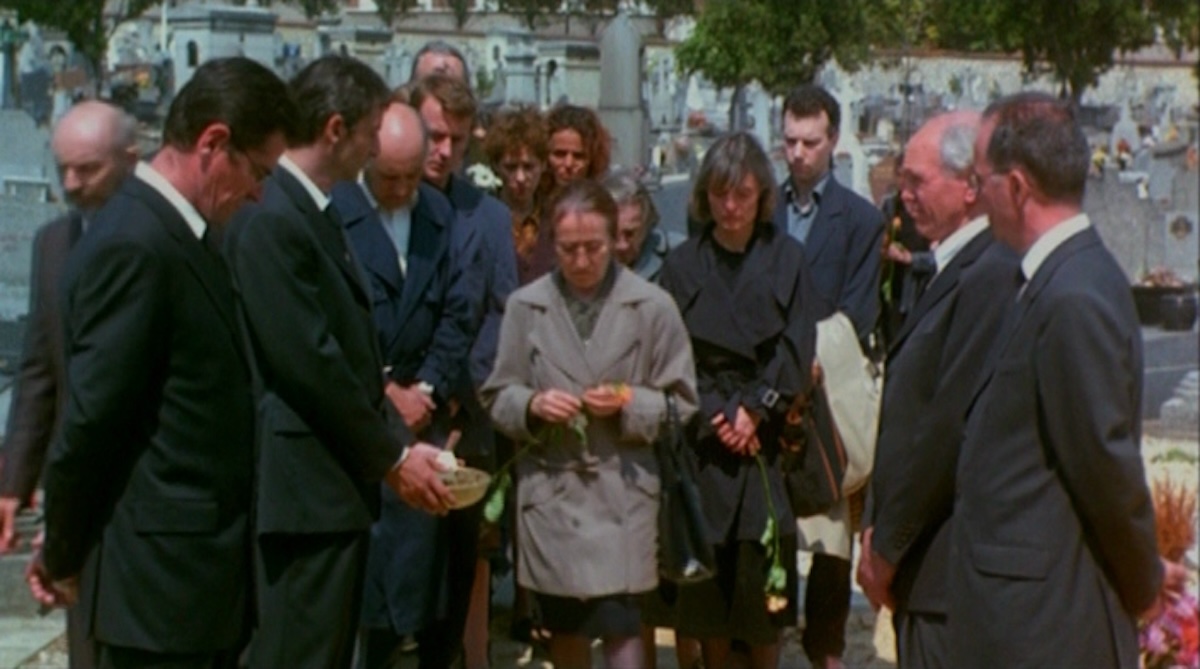
The film’s numerous main characters are challenged with showcasing their true nature, yet that hardly ever seems to get them anywhere when they do so. Code Unknown is bookended by a group of deaf children attempting to interpret their peers’ acted-out gestures. In the opening scene, a girl silently portrays what is obviously fear, yet none of the others are able to guess it. To close out the film, a boy acts out something that I don’t know how to interpret. In fact, I couldn’t even tell you if he’s attempting to articulate an emotion, action, or type of person. And who is to say that the girl was acting fearful? The cues might seem obvious, but that doesn’t change the fact that there are many other possible explanations for her behaviour. Maybe she’s just a bad performer. Maybe we all are, at times, whereas in other points we could give the greatest of thespians a run for their money in our day-to-day performances, since no one will ever know us nearly as deeply as we know ourselves.
Attempting to stick up for a stranger could lead to calamitous events befalling them. Feeling disgust towards someone in need can wind up with you being on the receiving end of that disdain down the line. Immense love for your child can result in treating them cruelly. Lies can set you free and the truth can bring you pain. Contradictions, unexpected outcomes and cruel events are rife in Code Unknown, and each of them are so unmistakably human that the end result is incredibly moving. Viewers will surely be able to think of at least one past experience that parallels the attitudes, sentiments, and miscommunication in this film.
I can vouch for this in interactions I’ve had with homeless people, where I failed to acknowledge people I had previously helped through offering food or money. I could come up with excuses for my failure to answer their words of appreciation after happening to pass by them on a different date, or not offering a look of acknowledgement to someone who I noticed had recognised me—running late for public transport, conversing with a friend—but I know that these rationalisations are hollow.
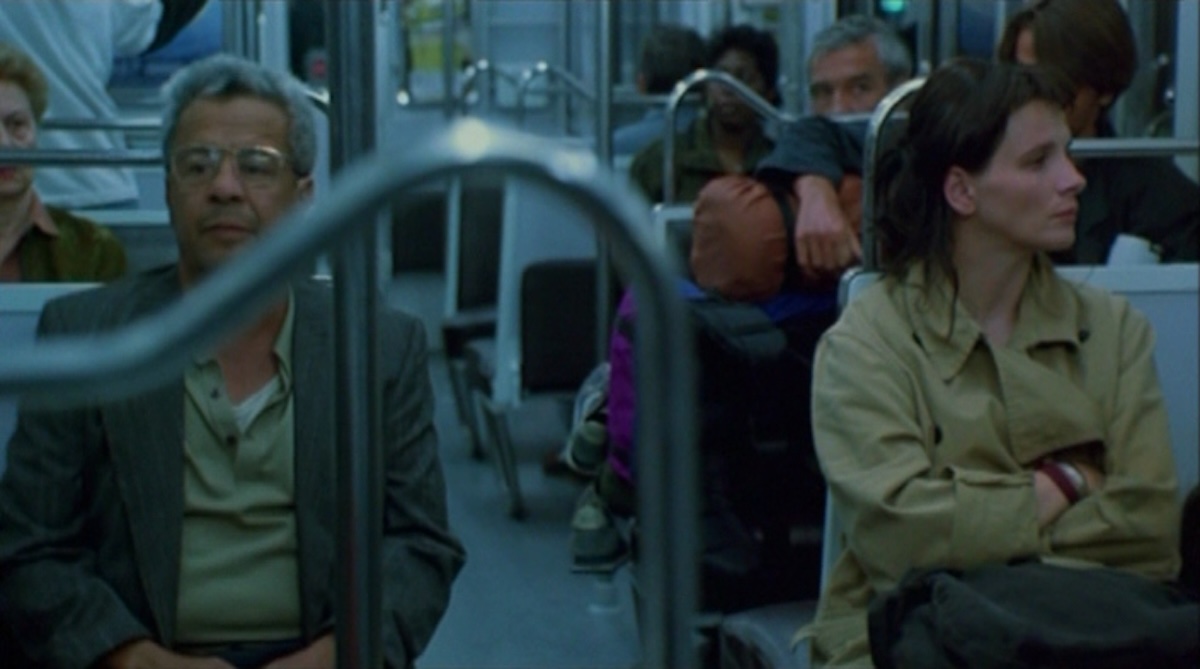
The truth was that I didn’t want to risk inflaming that uncomfortable swell of guilt and shame that comes with the knowledge that they have to undergo so much more external suffering than I do. In order to pretend that these unwelcome emotions don’t exist, the very problem of homelessness must be effectively erased from my mind. It’s a completely illogical and cruel mindset, and yet, when considering the added guilt that reflecting on these missteps of mine produces within me, it only heightens this instinctive urge to look away and ignore the problem altogether, choosing to forget that doing so only further shuns the most outcast members of society.
This film isn’t perfect, but oftentimes its imperfections—which are found through rather mundane scenes—are necessary in crafting this slow burn watch, which gradually becomes more absorbing the more its themes rise to the forefront of this experience. That said, while the subplot regarding a girl potentially being abused in one of Anne’s neighbouring flats should serve as a perfect microcosm of this movie’s focus, it isn’t explored with enough depth or clarity to truly resonate. The fact that this brief portion of the narrative only exists as a background force in the background of one character’s life misses out on the ways in which the film’s interconnected storylines are essential to the barriers of communication that permeate Code Unknown.
In this regard it’s as if these misfires in communication, or lack of understanding as to how one can communicate, have been momentarily transferred over to Haneke. The potential for a truly fascinating mystery embedded in a film that feels as if it contains a dozen more of them is instead a minor subplot that can’t figure out a way to become more meaningful. But aside from minor slip-ups like these, Code Unknown is a masterfully delicate approach to powerful subject matter, whose themes will continue to resonate for decades to come.
FRANCE • GERMANY • ROMANIA | 2000 | 117 MINUTES | 1.85:1 | COLOUR | FRENCH • ROMANIAN • MALINKA • FRENCH SIGN LANGUAGE • ENGLISH • BAMBARA • ARABIC

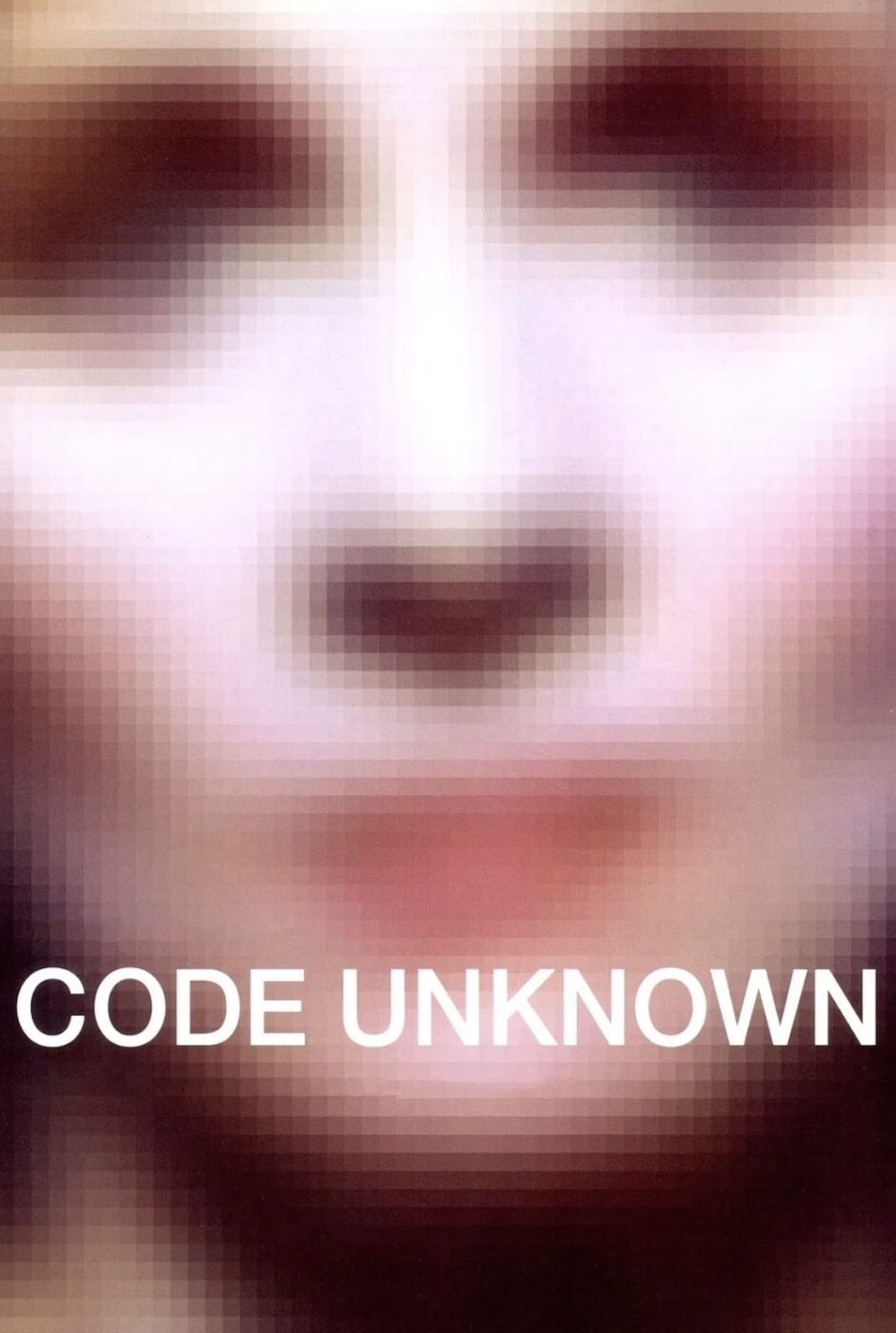
writer & director: Michael Haneke.
starring: Juliette Binoche, Thierry Neuvic, Josef Bierbichler, Alexandre Hamidi, Maimouna Hélène Diarra, Luminița Gheorghiu, Ona Lu Yenke & Marc Duret.
